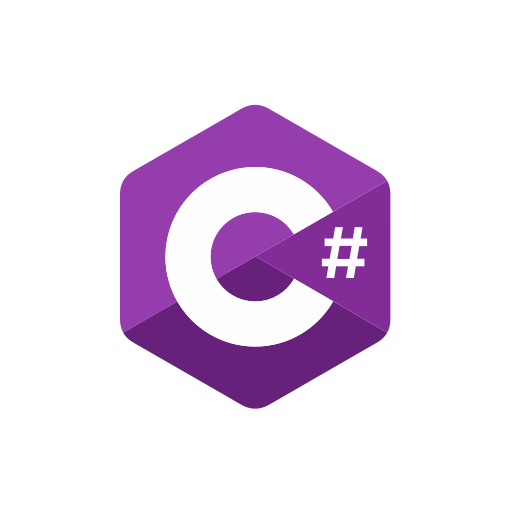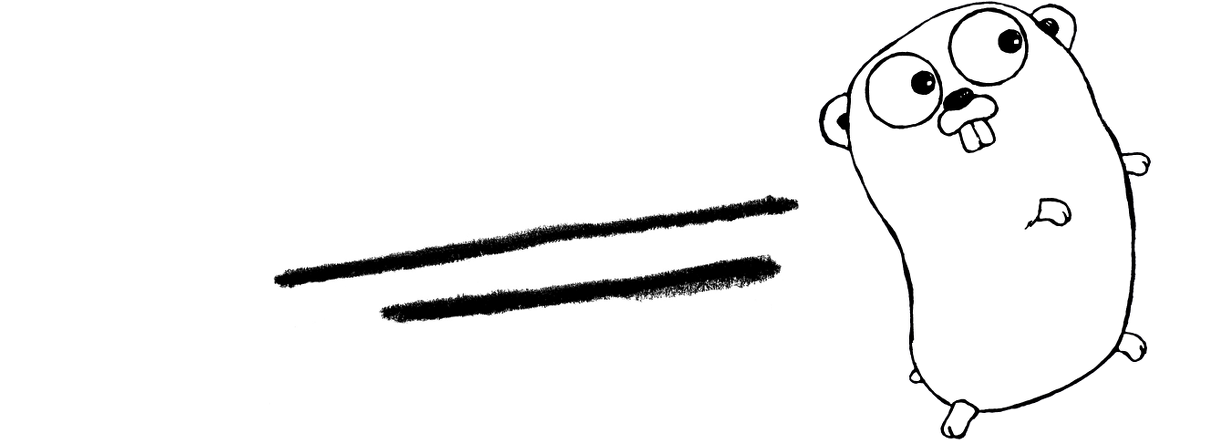11 Most Popular programming languages to Learn in 2021
 |
| Top 11 Most In-Demand Programming Languages |
You don't want to waste your time. If you plan to spend time and energy learning a new programming language, you will definitely want to make sure that the programming language you choose is the most popular.
If you want to start (or move forward) your software development career, you need to be at the forefront of a figurative class. You need to know which programming languages are popular, useful, and useful in the market and be prepared to learn them.
Don't know where to start? Don't worry; we've already done a lot of work for you, analyzing market and developer data over the last few years to identify trends and draw conclusions that will help you plan your programming training. In this article, we'll introduce you to the 11 most requested programming languages and give you some tips for learning them.
But before we get started, let's first take a look at how we created this list. When I sat down to find out what the most requested programming language was in 2021, there were two main research questions:
- Which language is currently in demand?
- Which of them is growing in popularity and is in immediate demand?
You can probably guess the reason for our first question. Following trends is not always the best way to decide which language to prioritize, but the popularity of a language can indicate its excellence in the market. The general rule of thumb is: The more a language is used, the more likely it is that the developer (that is, you!) Will have to deal with it at work.
Next, let's look at which skills can become the most popular programming language on the market. To do this, we analyzed the Stack Overflow developer survey over the last two years and focused on:
- Languages that developers report using and want to continue using
- Languages that developers haven't used yet, but are interested in
By looking at these trends, our goal was to better understand which languages will become popular in the coming years.
Rust, Python, and Typescript were at the top of the stack overflow list for the most beloved languages in 2019 and 2020, with only minor changes over the years. Similarly, Python, JavaScript, and Go have all reached the top three on Stack's most wanted list. Given their emergence among developers, it is likely that these five languages will become more popular, so it is worth including them in the list.
However, the ranking of each language depended on other factors. For example, Python ranks # 1 on Stack Overflow because it's consistently ranked in the top five of Stack Overflow's most used, beloved, and desired lists, but it's higher than Rust. I decided to rank it. Stack's darling, it has shrunk to number 19 on the organization's list of common languages.
Now that we've described the process, we'll start by answering the following questions: What are the In-Demand Programming Languages That Rule in 2021
Top 11 Most Popular Programming Langues to learn in 2021
1. JavaScript
JAVA
What is this language used for:
- Web development
- Game development
- Mobile apps
- Building web servers
According to StackOverflow's 2020 Developer Survey, JavaScript is currently the most used language in the world (69.7%), HTML / CSS (62.4%), SQL (56.9%), Python (41.6%), Java (38.4%). Follows. ). It is also the most popular programming language for hiring drivers in the Americas (PDF, 2.4MB).
JavaScript is used to control the behavior of web pages. Encoders can create dynamic web components such as animated graphics, interactive maps, and clickable buttons. Developers who use HTML, CSS, and JavaScript together have more control over their site and can provide a better user experience in terms of navigation and readability. JavaScript is the most widely used coding language in the world today. There's a good reason for this: it's used by most web browsers and is one of the easiest languages to learn. JavaScript requires very little prior coding knowledge. As soon as you start learning, you can practice and play.
The language is so common that there are many communities, courses, and career support paths available online. This support, in addition to the excellent usability of the language, puts JavaScript at # 1 on the list of most requested programming languages.
2. HTML
 |
| HTML |
What this Language is used for:
- Web documents
- Website development
- Website maintenance
HTML stands for HyperText Markup Language. But don't be fooled by complicated names. HTML is one of the most accessible steps in the programming world.
Technically, HTML is a markup language. In short, HTML is responsible for formatting the appearance of information on your website. In essence, HTML is used to write web pages in plain text. It does not have the same functionality as the other programming languages on this list and is limited to creating and structuring text on your website. Sections, headings, links, and paragraphs are part of your HTML domain.
As of 2020, HTML shares a second position with CSS on StackOverflow's list of the most used languages in the world.
3. CSS
 |
| CSS |
Where is this language used for:
- Web documents
- Website development
- Website design
CSS (Cascade Style Sheets) are typically applied in combination with HTML to control the look and feel of a website. HTML organizes text on your website into chunks, while CSS is responsible for determining the size, color, and position of all elements on your page.
CSS is also useful. The contiguous part of the name means that the applied style parenting element applies to all children on the site. This feature means that users do not have to manually repeat the code on their website after deciding on their parent's aesthetics. In addition, delegating website organization to HTML and aesthetics to CSS means that users don't have to completely rewrite a web page just to change one color. CSS is an accessible language that allows novice programmers to dive into figurative coding groups. If you're new to coding, there's no reason not to learn CSS before tackling more complex languages.
4. SQL
Where you can use that?
- Database management
- Sales reports
- Business management
SQL (Structured Query Language) is the language used by programmers to query and manipulate databases. As a domain-specific language, it is primarily designed to manage data within an RDBMS (relational database management system). Simply put, SQL can retrieve and retrieve data from the database and update, add, or delete records.
SQL is very functional, but it works best with small databases and is not always worth managing large databases.
That said, SQL remains the third most used language in the programming industry, with more than half (54.7%) of the developers surveyed reporting using SQL.
5. C#
 |
| C# |
Where you can use it
- Game development
- Desktop/web/mobile apps
- VR
This language, also known as C-Sharp, belongs to a family of object-oriented programming languages. C # was released by Microsoft in 2002 and is today highly regarded for its improvements in the C coding language.
As a common language, C # is popular for designing desktop and web applications. According to HackerRank, about one in five recruitment managers (PDF, 2.4 MB) is looking for a developer who can code in C #. There is no denying that this is one of the most sought-after coding languages next year. However, there are other reasons to include this feature in radar.
Like other popular languages, the large community works with C # to support new students. As a result, learning C # may be easier than learning some of the new, undocumented languages. In addition, C # is ideal for building increasingly popular mobile games and applications. There is no doubt that this language will be useful for years to come.
6. NoSQL
 |
| NoSQL |
Where you can use it
- Database management
- Sales reports
- Business management
NoSQL, or non-relational SQL, was created to improve SQL scalability while maintaining the usability of other languages.
Remember that SQL uses a relational database/flow management system that keeps data in tables and allows users to manipulate and extract the data. NoSQL databases, on the other hand, do not use tables and may be more useful than previous databases for certain applications, such as storing data in a tiered network or supporting large cloud-based applications.
These languages are so versatile that they are at the top of the list of the most requested coding languages.
7. Python
 |
| Python |
Where you can use it?
- Back end development
- Data science
- App development
Python is a popular programming language that allows developers to use different programming styles (features, object orientation, reflection, etc.) when writing programs. Several popular digital tools and platforms have been developed in Python, including YouTube, Google Search, and iRobot machines. According to HackerRank, this is also the second most required programming language in the Americas to adopt drivers for Python (PDF, 2.4MB).
Python is one of the easiest languages to learn and use, making it ideal for beginners as well as experienced programmers. The language contains an extensive library that supports common assignments and tasks. Its interactive capabilities allow programmers to test their code instantly, reducing wasted time and testing long sections of code.
That said, even advanced users will benefit from adding Python to the mental catalog of programming languages. Python is one of the most marketable and popular programming languages in 2021 as more than 50% of recruitment managers (PDF, 2.4 MB) are looking for candidates who know the language.
8. Pearl
 |
| Pearl |
Where you can use it?
- System administration
- GUI development
- Network programming
Perl is not the most widely used language on the market. In fact, only 3.1% of developers used it in 2020, and it wasn't on the list of commonly used languages on Stack Overflow in 2019. However, we recommend it for some reason. If you already have a career, learning Perl can greatly increase your bottom line.
According to HackerRank, Perl-savvy developers earn 54% more than the average developer (PDF, 2.4 MB). That said, it's worth noting that most of the people they know are senior developers and tend to make more money on a basis. Therefore, it can be a little difficult to quantify the "bonus" that a programming language offers. That said, learning a language like Perl can make junior developers suitable for promotion and promotion.
Practical Reporting and Extraction Language (Perl for short) is a commonly used writing language for extracting information from text files and compiling reports.
While many programming languages are compound languages in which the target machine translates the program, Perl is an interpreter language in which a third "interpretation" machine detects the code and performs the task. Interpreted programs usually require more CPU, but Perl is a very concise language, so you write short scripts that can be processed quickly.
9. Go
 |
| Go |
Where you can use it?
- System/network programming
- Audio/video editing
- Big Data
Developed by Google in 2007, Go is a great programming language. What really makes Go shine is its efficiency. You can run multiple processes at the same time. Also, when it comes to programming languages, it has a lot of "vocabulary" and can display more information than other languages.
Using a syntax similar to C, Go is an impressive language that offers the highest quality memory security and management capabilities. The structural description of the language also provides excellent functionality and dynamics. What's more, Go not only ranks high on the list of the most popular and beloved programmers but also correlates with a 33% salary increase (PDF, 2.4MB).
10. Rust
 |
| Rust |
Where you can use it?
- Operating systems
- VR
- Web browsers
According to Stack Overflow, Rust is consistently at the top of the most popular programming languages, with 86% of users interested in further development.
However, Rust users are only responsible for 3% of the developers in the survey, indicating that the majority of programmers are unaware of its usefulness. Rust is a "multi-paradigm" programming language. This means developers can work in a variety of programming styles. Similar in syntax to C, but supports a wider range of applications.
If you're looking for faster builds, better platform features, or better career prospects, Rust is the perfect language to learn.
11. Ruby
 |
| RUBY |
Where you can use it?
- Web Development Framework
Ruby is the third programming language on this list, developed by individual developers in the 1990s. A dynamically typed, high-level, multi-paradigm common programming language. Ruby is implemented in C and provides garbage collection. Like Python, Ruby focuses on productivity and developer well-being. Ruby isn't one of the touted languages, but it's a great language for new developers for a flat learning curve.
Our Thoughts
Whether you're an established programmer or just starting to study the industry, learning a new language is one of the best ways to advance your programming career. But how can you start your educational journey?
Your first step depends on you, your schedule, and the resources you have.
For example, university programs offer extensive training in programming theory and practice. However, a typical university program also requires four years of full-time study and tens of thousands of dollars in intuition.
If you need a faster and cheaper educational experience that focuses on skill-based learning, we recommend that you consider a coding camp. Coding camps will provide you with the practical and language skills you need to get entry-level tracks in the field within 3-6 months.
If you're looking for the cheapest teaching course and don't have a hard time learning yourself, we recommend that you consider learning the coding skills you need through tutorials, books, and online courses. Keep in mind that this path offers a great deal of flexibility and learning opportunities, but may not be suitable for students who need external motivation. If you know you have problems maintaining responsibility, try one of the other options above.
No matter which route you choose in the end, one point is safe. There's no better time to learn new skills and start your coding career.
Also Read:









0 Comments